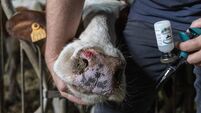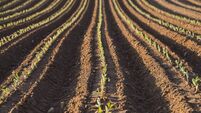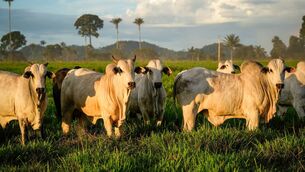2.7% GDP contribution by primary agriculture
Various CAP direct payment schemes were replaced by a single farm payment (SFP) under the changes. There was also an additional reduction in dairy product intervention prices.
TCD economists Professor Alan Matthews and Dr Janine Dixon have projected the impact of the changes on national GDP, agricultural output and incomes, land use and greenhouse gas emissions. They found the effects of reform in agriculture are minimal, with a small positive impact on GDP of 0.03%.
“This reflects the fact that primary agriculture now contributes less than 2.7% to Irish GDP.”
The economists foresee significant change in ‘resource allocation’. A shift away from activities that previously coupled support, cattle, sheep and cereals, is predicted. A rise in other land use is also foreseen. A reduction in agricultural greenhouse gas emissions “will occur”.
In the next two years, the researchers project a fall in aggregate agricultural output of 5.6%, with a fall in labour input of 11.8%. Over a longer term (5-7 years), they project a fall in aggregate agricultural output of 9.4%, and a fall in labour input of 12.9%. There will be a reduction in the output of those commodities which previously had coupled subsidies. Cattle output is projected to fall by 15.4%, sheep by 15.5% and cereals by 41.8%.
Resources from these sectors will move into the production of other livestock, mainly pigs and poultry but also horses, fruit and vegetables, other crops and forestry.
The authors found the mid-term review reforms have a small positive impact on aggregate farm income of around 3.5% in the short run but disappearing in the medium term. However, due to the sharp fall in the labour input into agriculture, there will be a boost to per capita farm income of 12.5%-14.8%.
Total greenhouse gas emissions from land use activities will be reduced by 11.9% in the short run and 14.9% in the long run as a result of the MTR reforms.









